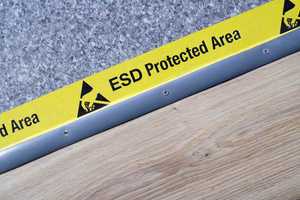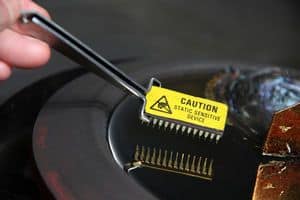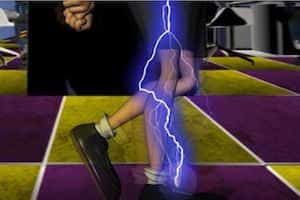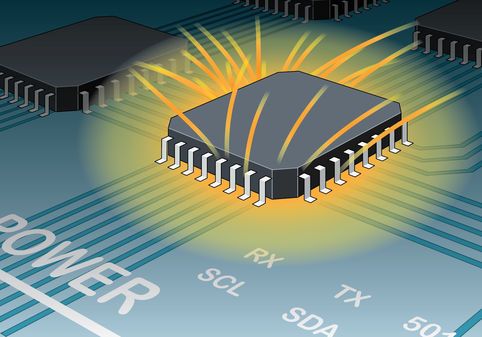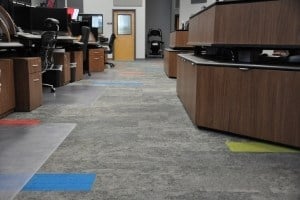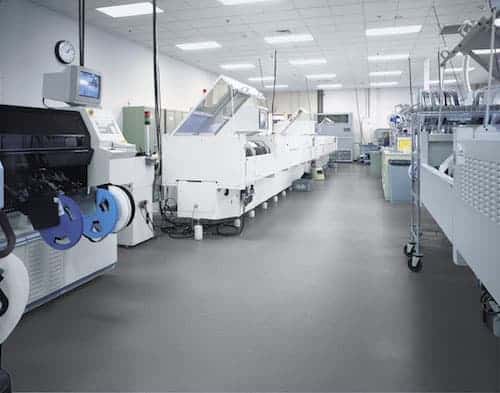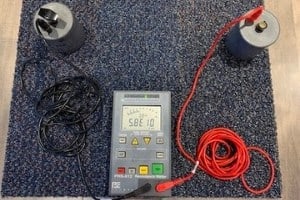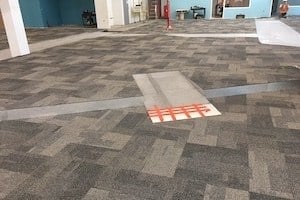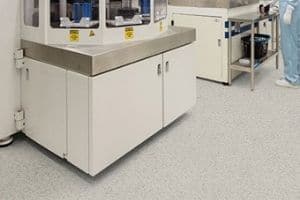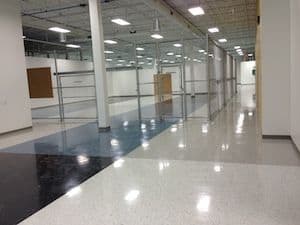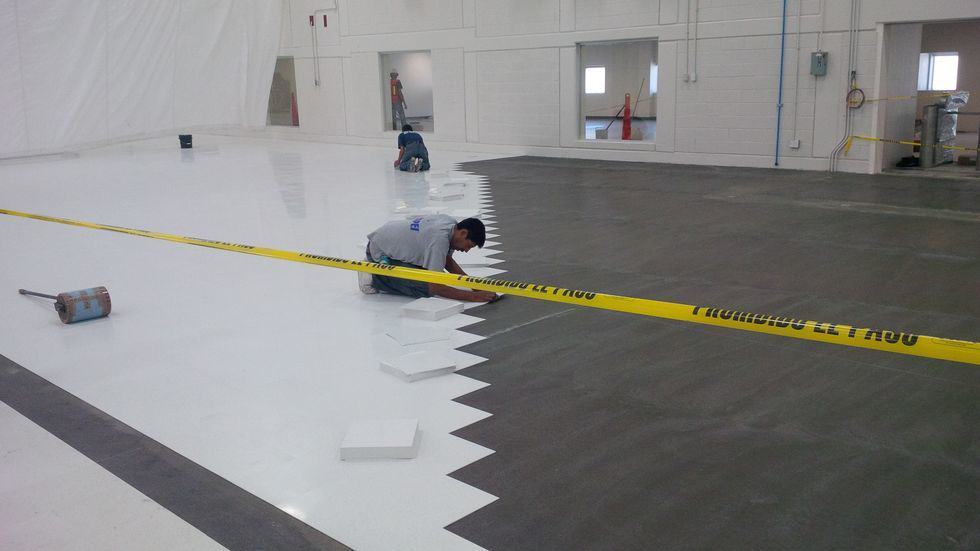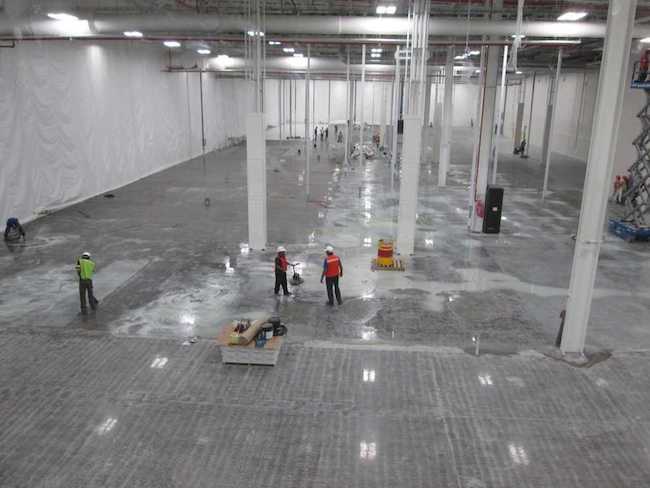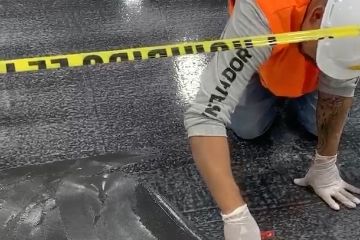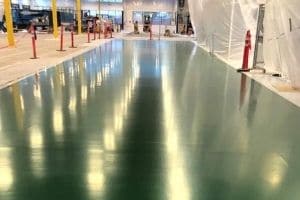
Frequently Asked Questions

In static control, as in any industry, the same questions and concerns arise again and again.
For instance: Does concrete provide adequate static protection? What’s the difference between conductive and static-dissipative? Or: Do I need copper to ground an ESD floor?
In this section, you’ll find answers to these and other commonly asked questions. We’ll continue to add to these pages, so stop by from time to time to see what’s new.
Looking for product-specific articles? We’ve set up a hub for product related articles so those links are all together and easy to navigate.
If you have a question we haven’t answered, drop us a line: 617-923-2000 or email [email protected].
Technical Questions
- ESD Basics
- Conductivity and Static Dissipative and Ohms Resistance
ESD Flooring
- ESD Flooring Materials
- Selecting an ESD Floor
- ESD Flooring Performance
- ESD Standards and Test Methods
Installation
- Grounding
- Installing an ESD Floor
- Moisture
- Adhesives and Underlayments
Maintenance and Cleaning
- Maintaining an ESD Floor
Get in Touch
The form below will help us better understand your needs and get you as quickly as possible to the right person. We look forward to helping you solve your static problem!
You can expect a response within 24 hours. For faster service, please give us a call: 617-923-2000
"*" indicates required fields
Visit our privacy policy to find out how we process data.
Learning Center Articles
- ESD Basics
- Installation & Maintenance
- Selecting & Specifying an ESD Floor
- Technical Information
- 7 Common Mistakes Selecting an ESD floor
- A Guide to ESD Flooring Selection
- Avoid Costly Failures: What You Need to Know When Specifying ESD Flooring
- Choosing ESD Flooring for:
- ESD Footwear: What Is It and When Is It Necessary?
- ESD Footwear for Electronics Manufacturing and Handling Applications
- Facility Managers’ Guide to Selecting ESD Flooring
- The Need for Due Diligence in Specifying Static-Free Flooring
- Standard of Care for Specifying Floors in Mission-Critical Spaces
- Understanding the Hidden Costs of ESD Flooring
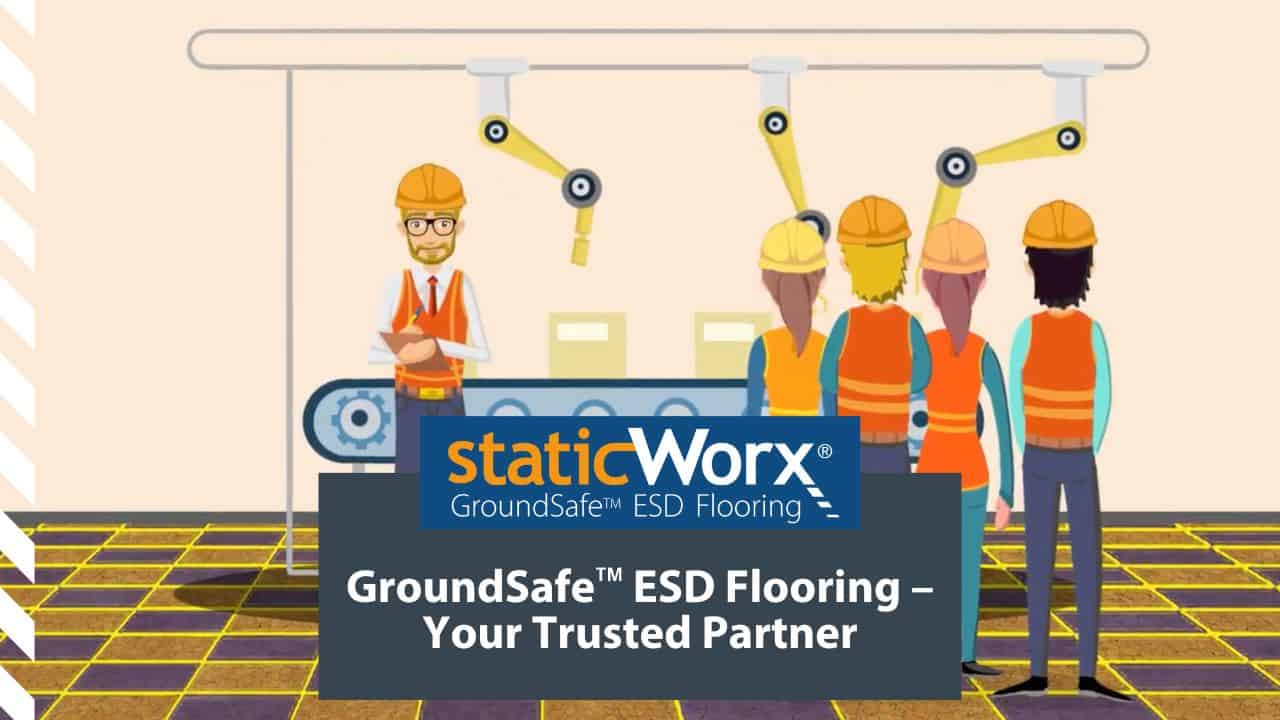
StaticWorx high-performance static-control floors protect electronic components, explosives, and high-speed computers from damage caused by static electricity. ESD flooring is part of a system. Choices should always be based on objective, researched evidence. When you partner with us, we look at all possible items that may need to integrate with the floor, and, focusing on your goals and objectives, help you find the right floor for your application.







